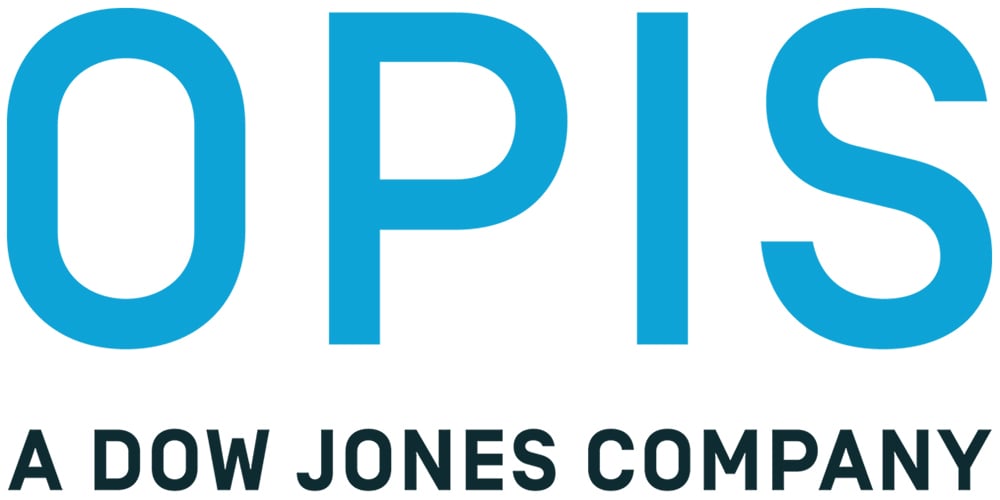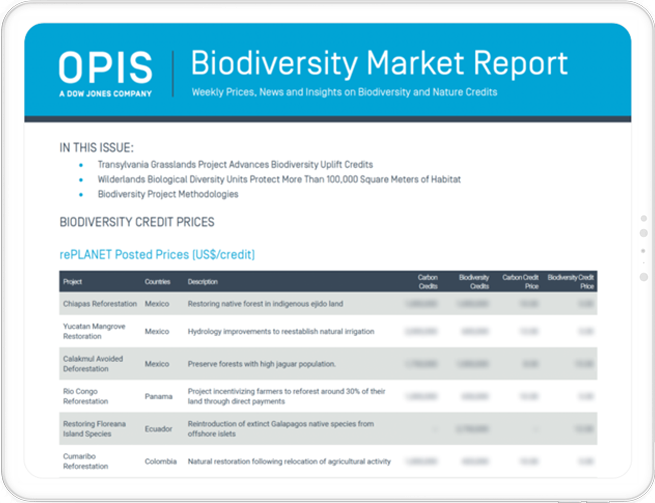ON-DEMAND WEBINAR
Will the World Take 30x30 Seriously?
The Global Biodiversity Framework agreed by 196 governments at COP15 in Montreal in 2022 contained a totemic pledge to conserve 30% of nations’ lands and marine areas for nature by 2030.
The ‘30x30’ ambition was one of 23 targets agreed to by countries amid a growing appreciation that nature loss is having increasingly serious environmental and economic consequences.
But more modest targets have been made before and not been met. None of the 2010 Aichi targets agreed in Japan were achieved by 2020.
Will this time be different, and if so why? Will governments spend the extra hundreds of billions the United Nations says is required every year to reverse nature loss? Which countries are pioneering new conservation policies and bringing in the private sector to help? Can biodiversity credits play a meaningful role in achieving 30x30?
All these questions and more will be answered in our webinar.
Access the webinar
Exclusive for webinar registrants - Trial OPIS Report for FREE:
OPIS Biodiversity Market Report
The Kunming-Montreal Global Biodiversity Framework was adopted at COP15 in December 2022 with the goal of halting and reversing nature loss by 2030. Many companies are beginning to make nature-positive commitments and assess their impacts on biodiversity, and voluntary biodiversity credits provide metrics and units of accounting for those aiming to become nature positive.
The OPIS Biodiversity Market Report is the first of its kind, providing pricing for a raft of voluntary biodiversity credit projects. The weekly report features news and market reporting on national biodiversity markets, policies and new technologies, plus pricing for biodiversity credits.

